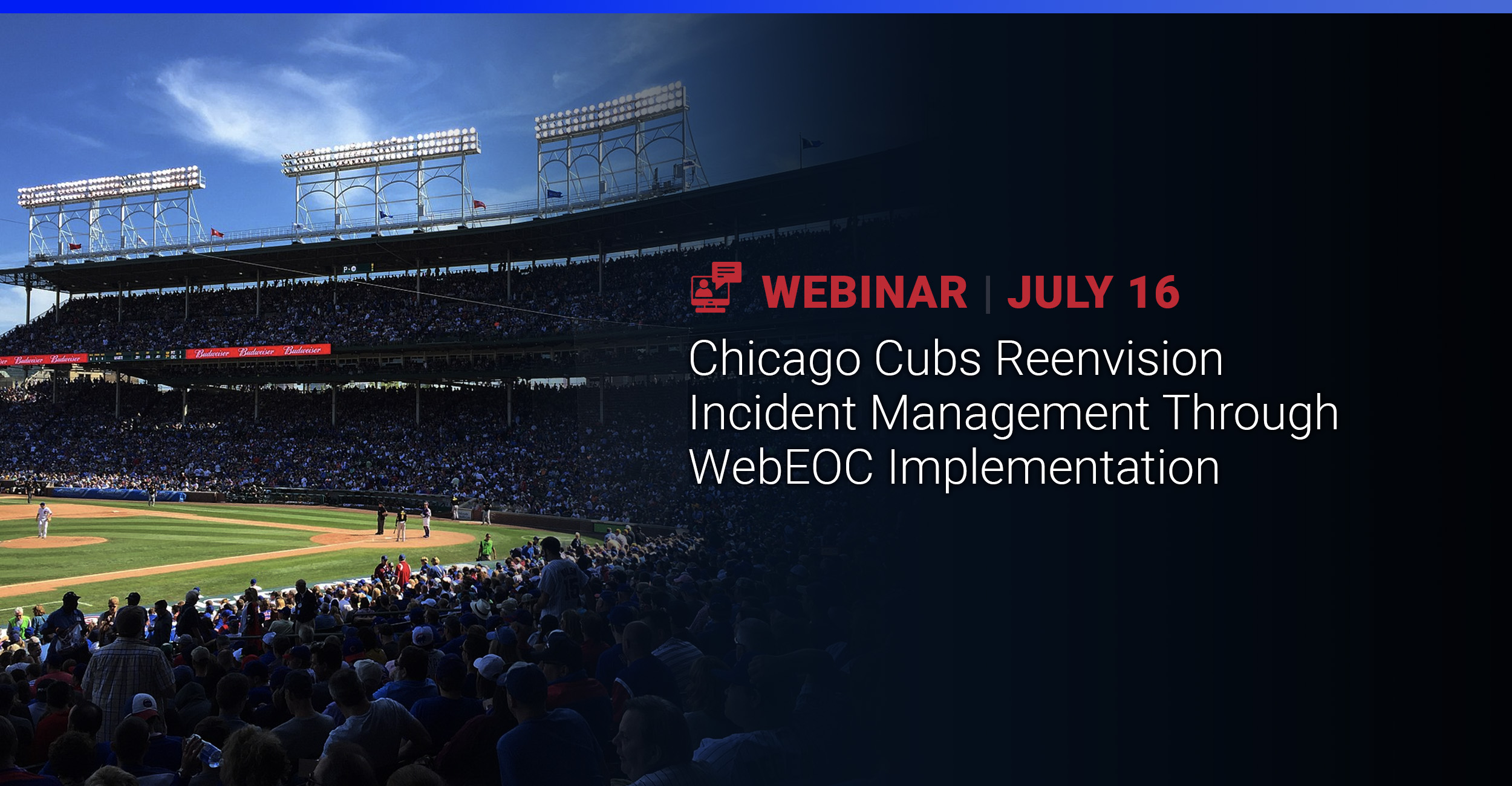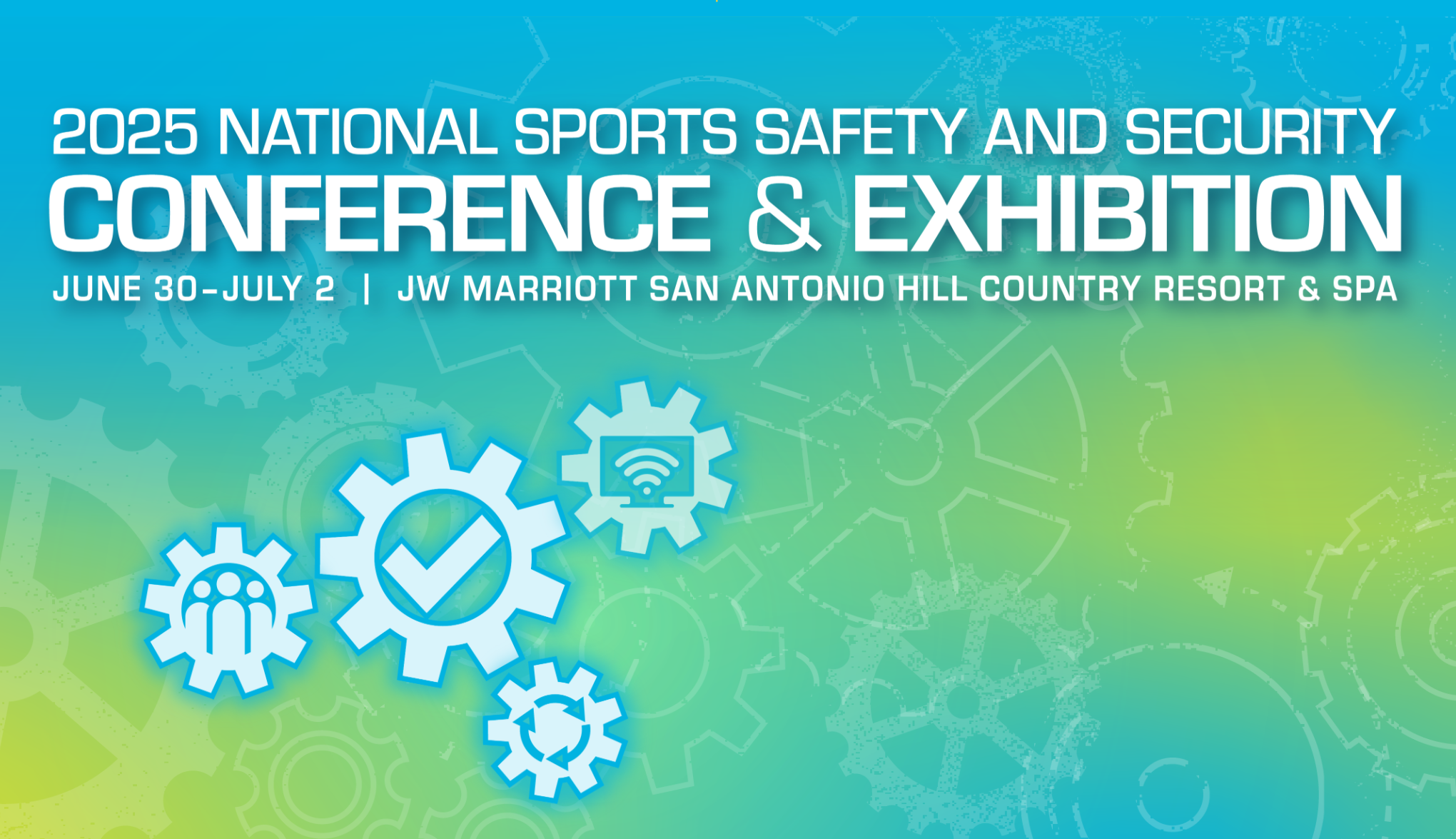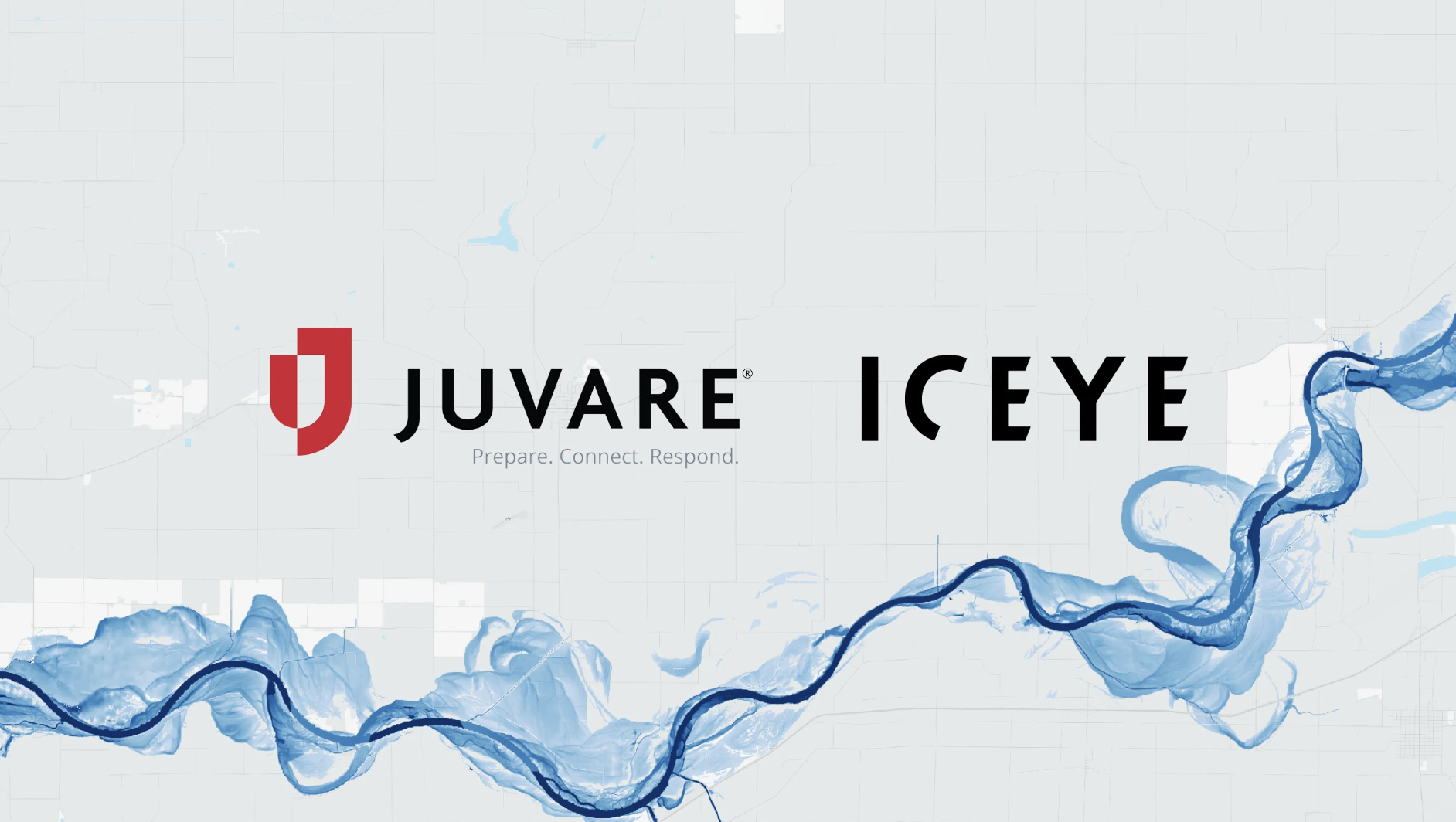Standardizing and automating processes within an emergency response protocol saves time, increases efficiency, and improves effectiveness. For many organizations, it is vital that they maintain continuity of operations, whether directly providing aid to the response efforts or continuing to serve their customers.
Not only is it essential that these organizations have an emergency response plan — it should be reviewed and updated regularly to keep it current and effective. However, some are hesitant to take this important step due to fear of cost, implementation difficulties, and training that enables employees, staff, and administration to effectively use the system. Most commonly though is the fact that they simply don’t want to upset the status quo because their current system works — or it at least works “good enough.” But does it really?
Standardization today will streamline your emergency preparedness and response and improve efficiency when you need it most. Spending time now to standardize is a time-saving strategy that allows you to free up resources and address situations quicker and more effectively.
- Standardization of Emergency Response Protocol keeps specific processes consistent across the board, eliminating the need for analysis or consult.
- Timing is crucial in a crisis so standardizing certain processes allows for faster response time and better allocation of resources.
Why You Need a Standardized Emergency Response Solution
When a crisis happens, there is usually little time to deliberate or analyze to form an appropriate response. You are responsible for the safety of your people, students, employees, customers, and management so you need a plan that will help ensure that you serve that mission as effectively and efficiently as possible, while still fulfilling other vital objectives that are specific to your organization. By standardizing processes, more resources are available to deploy to other areas. It can be as simple as initiating the call-down list to account for all gas company employees, or it can be as complex as coordinating response activities across several agencies or organizations while evacuating students living in a dorm to a safer environment.
It is important to note that “standardized” does not necessarily mean “automated,” although many standardized processes are automated. Standardizing language is another way to keep emergency response running smoothly. What it does mean is that employees know that in every single case, if X occurs then they do Y. For example, if there was an active shooter on campus, your staff and students know that they are to hide, get in a locked room if they can, and shelter in place until they get the “all clear.” Your staff should know the protocol so well that they don’t even have to think about it. That is the beauty of standardization of emergency response.
Standardizing protocols in your emergency management software can be a tremendous time-saver. Certain processes can be set to activate based on certain criteria. WebEOC can standardize many of your response tasks so that your staff can take care of other things.
Management Challenges During a Crisis
During a crisis, any number of things can go wrong. These can prevent certain response activities, impact communication, cause the release of inaccurate information, or have other unintended consequences. However, there are several typical challenges with management that occur during a disaster:
- Lack of coordination between agencies, personnel, and other players.
- Delayed activation of an emergency response protocol, such as failing to begin evacuations in a timely manner.
- Lack of complete and appropriate information to key players. If your safety managers don’t know exactly what they are supposed to do, they are going to have a difficult time leading or managing the crisis.
- Difficulty with communications. Phones, internet, and other forms of communication can be impacted in certain disasters.
- Staff may not be trained or may be delayed or missing. If a crisis occurs during business hours, you are still responsible for accounting for employees who are not at work that day as well as employees who may be at lunch or on break.
- Insufficient resources to meet needs. This can be any number of things from not having adequate equipment to address a flooding situation to not having a means to evacuate and relocate impacted personnel.
Standardization can help prevent many of these problems from occurring. When combined with preparation, these issues can be greatly minimized or avoided altogether.
Benefits of Standardizing Your Emergency Response Management
One of the primary benefits of standardizing your emergency response plan is regulatory compliance. Standardization improves compliance with local, state, and federal regulations which helps you avoid disciplinary actions like shutdowns or fines.
Updating your system and protocol is much simpler with standardized practices. It helps keep information or response activities from becoming outdated. Your assets are better utilized, and it increases your ability to reduce incidents through risk assessments and mitigation. Employee downtime is reduced, and savings are amplified.
People function better in emergency situations when they are properly prepared. Standardization puts emergency planning at the forefront and aids in preparing your staff for a crisis situation. All the steps are laid out for them and there is no question what they are to do from one task to the next.
You don’t want to discover that your system doesn’t work or try to decide the best time to activate the call-down list when you are in the midst of a disaster or incident. That will consume valuable time that you don’t have. Standardize processes as much as possible and document everything in your Standard Operating Procedures (SOP) to ensure continuity of operations in cases where that is appropriate and maintain consistent incident response throughout your organization.
Overcoming Barriers of Implementation
Implementing a standardized emergency action plan does have its challenges. There are four main barriers to implementation that can prevent or inhibit a business from taking that first step:
- Cost
- Ease of use for staff
- Keeping the information accurate
- Determining what to standardize
Cost is typically a significant consideration for any company making any type of change in their operations. Weighing the cost of the standardization against the cost of the harms of not standardizing processes, it usually sells itself. By analyzing the benefits, it can be seen as an investment.
Providing your staff with a system that is easy to use is vital to its success. Proper training and support should help employees and enable them to use the system with little difficulty. Having several backup personnel can also help so that if one employee is unable, for whatever reason, to perform their duties, there is another employee ready to step in.
Frequent and regular updates will help keep the information and responses accurate. After each incident, there should be an analysis and lessons learned conducted by your staff or administration. It is a good idea to have all affected staff and leadership provide feedback which can be done via a questionnaire online. As the challenges are identified, the system should be updated accordingly. There should also be regularly scheduled updates with reviews performed quarterly or bi-monthly.
Determining what processes to standardize depends on the organization. A college or university will have some needs that are very different from those of an energy or utility corporation. When you purchase WebEOC, one of our experts will help you set up your system, review your protocol, and assist you in determining what areas can be standardized. From there you can determine which areas are most beneficial as standardized processes.
Emergency management software does not have to be complicated or difficult to use to be effective. Resilience in a disaster depends on the ability of the staff to use it at its most effective capacity. Let WebEOC standardize your emergency operations plan and improve your emergency response. Contact us today to learn more about how our systems can help your business.


















